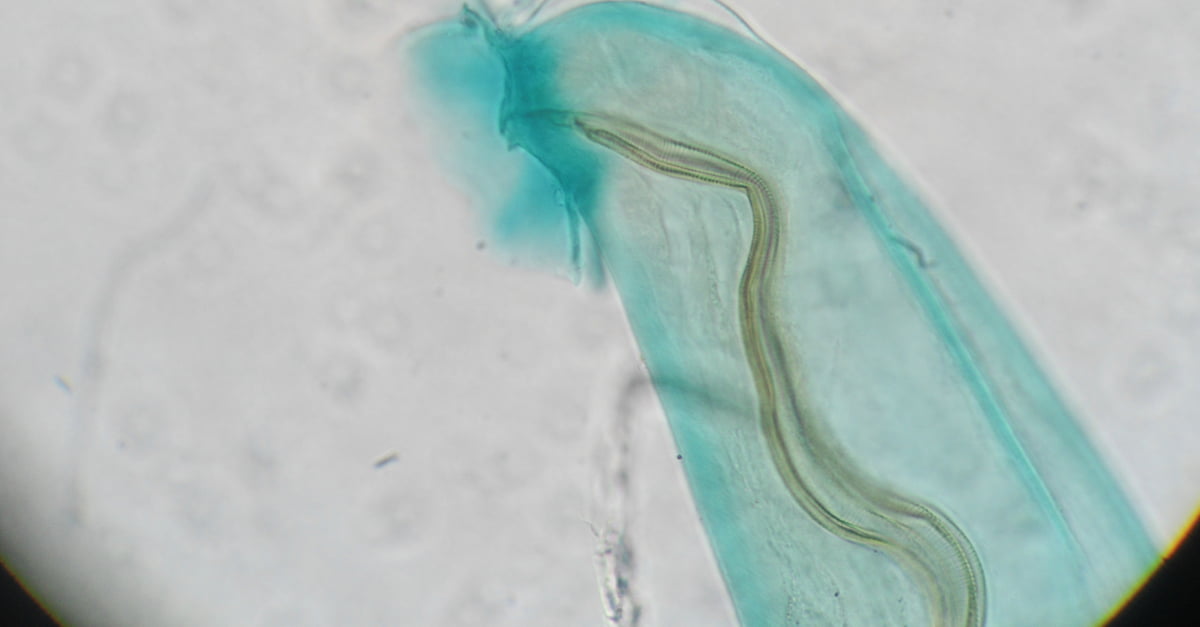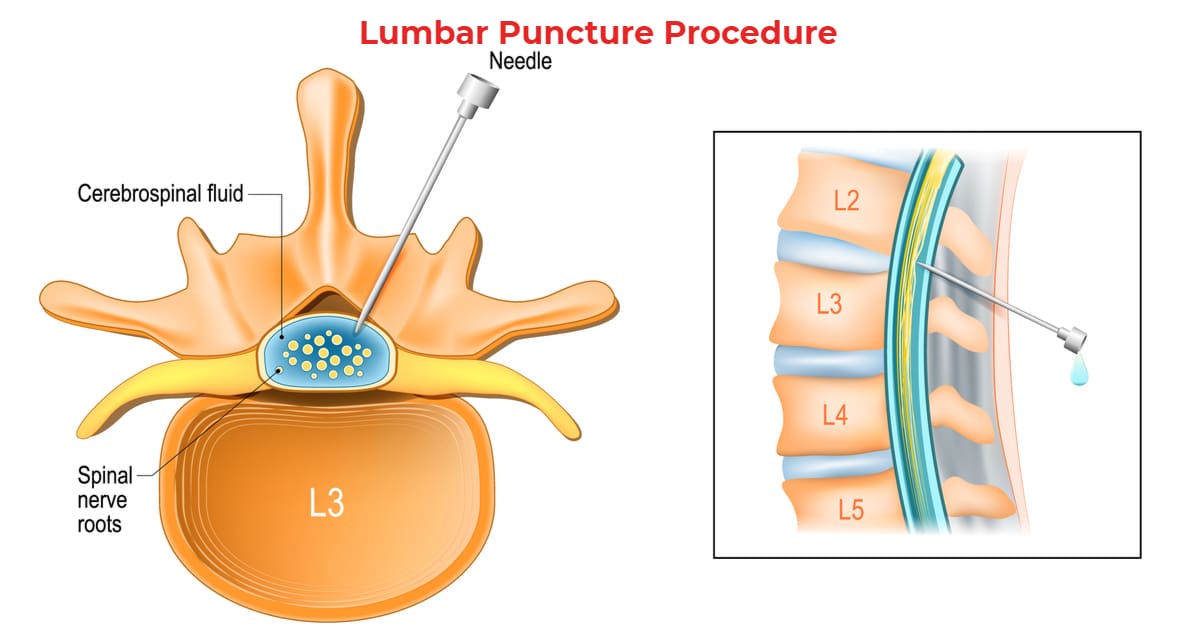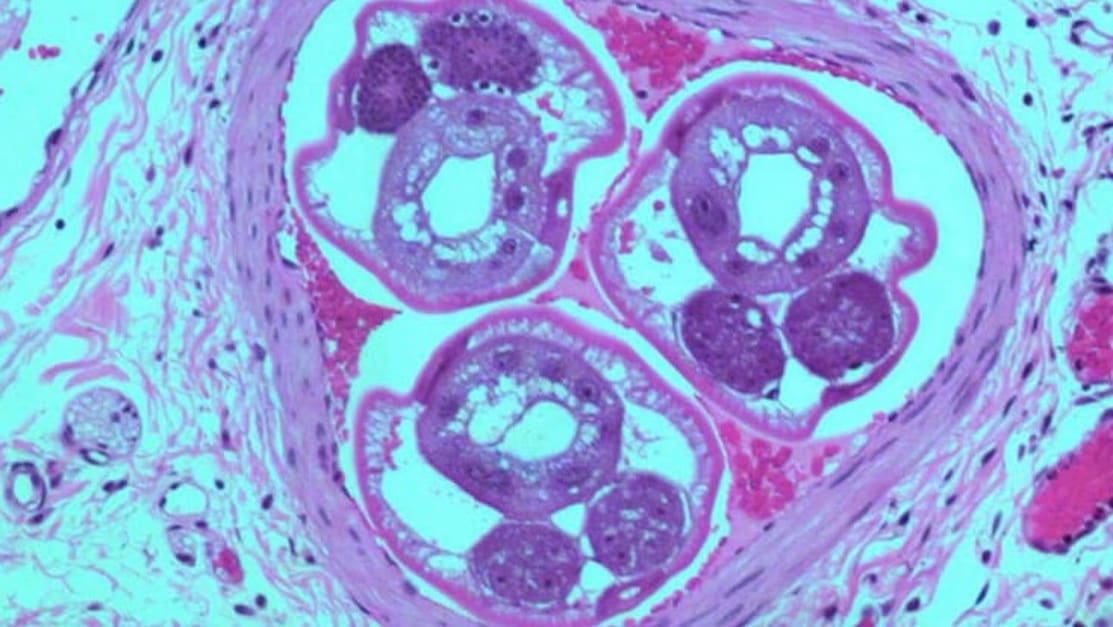Angiostrongyliasis is an emerging zoonosis, difficult to diagnose and prevent, caused by a nematode of the genus Angiostrongylus. The infective stage for humans is the third larval stage that develops in terrestrial gastropods. Transmission to man is by raw consumption, by contamination of water or food with them or their mucus, or by handling mollusks or vegetables. The two strains of the parasite are:
- Angiostrongylus cantonensis (Chen, 1935) causes eosinophilic meningitis in man
- Angiostrongylus costaricensis (Morera and Céspedes, 1971) causes abdominal angiostrongyliasis
Angiostrongylus Cantonensis
Eosinophilic meningitis is an inflammation of the membrane covering the brain and can be broadly classified into the infectious and non-infectious origin. Among the infectious etiologies, Angiostrongylus cantonensis, a rat lungworm, is the main cause of eosinophilic meningitis. This infection occurs mainly in Southeast Asia and throughout the Pacific basin. However, this parasite has progressively spread beyond the Pacific Rim and is now found in regions of North America due to the intercontinental spread of infected ship rats.
Transmission

As expressed above, the parasite Angiostrongylus cantonensis is a helminth that lives in the pulmonary arteries of two species of rats: Rattus rattus and Rattus norvegicus, and has as intermediate hosts some species of land snails. Man is an accidental host who becomes infected by ingesting the third instar larvae in these contaminated mollusks or through poorly washed vegetables or fruits.
Symptoms
The clinical symptoms of eosinophilic meningitis are caused by the presence of the larvae in the brain and by localhost reactions. Symptoms include headache, usually severe nausea, vomiting, seizures, and other neurological disorders. Occasionally ocular invasion may occur. Eosinophilia is present in most cases. In most cases, patients recover, but in some, the evolution can be fatal, especially in massive infestations.
Treatment

At present, the therapeutics to be used against this disease presents several alternatives in relation to the forms of application, independently of the conventional treatments. For this reason, the use of the latter in combination with new drugs that have shown efficacy against the forms of presentation of this nosological entity is promoted and investigated. Symptomatic treatments may include serial lumbar punctures to reduce the increased intracranial pressure, analgesics for headaches, and steroids to combat the intense inflammatory reaction of the host. The use of thalidomide as an anti-inflammatory and immunomodulatory agent as well as an alternative to treatment with albendazole is based on its effectiveness in altering the phenotype of immune cells, the synthesis and release of cytokines and lymphokines and neutrophil migration, inhibiting tumor necrosis factor-alpha (TNF-a), inducing alterations in cell adhesion molecules, consequently with changes in leukocyte interaction with the endothelial cell membrane.
Angiostrongylus Costaricensis
Abdominal angiostrongyliasis, caused by Angiostrongylus Costaricensis, is a clinical entity characterized by abdominal pain usually located at the level of the right iliac fossa, accompanied in some cases by a tumor mass, painful to palpation, which can be confused with a malignant process. Due to the unspecificity of the symptoms, this parasitosis is also often confused with acute abdominal symptoms. While countries such as Brazil and Costa Rica report prevalences of up to 28% and 600 cases per year, respectively, in the rest of Latin America, the real prevalence and incidence of this parasitosis are unknown, and for some, it is still an “exotic” disease.
Transmission

There is no evidence that people intentionally eat slugs, but small specimens hidden in vegetables may be finely chopped in salads and thus accidentally ingested raw and spreading the Angiostrongylus Costaricensis parasite. We are also aware of several cases of ingestion of these mollusks by very young children. However, it is likely that most infections are caused by ingestion of the larvae that come out with the secretion of the mollusks and occasionally contaminate food or objects that are eventually brought to the mouth. Slugs have been found on ripe fruits that fall on the ground and on vegetables that are commonly eaten raw. Children’s habit of putting things in their mouths may explain why this population group shows the highest rates of infection.
Symptoms
In most patients, the parasite is located in the ileocecal branches of the mesenteric artery, as in the natural host. When the worms are located in this habitat, patients present with pain, usually localized in the iliac fossa and/or right flank. Palpation of this area is painful. Rectal examination is also painful in about half of the cases. Fever is almost always present, rarely accompanied by chills.
In chronic cases, a febrile fever may persist for several weeks. Anorexia, vomiting, and constipation may also be observed. In some cases, a very important finding to establish clinical suspicion is the presence of a palpable mass in the right lower quadrant, which must be differentiated from a malignant tumor. In some cases, profuse bleeding has been observed, which can be mistaken for a Meckel’s diverticulum.
Treatment

In acute cases, surgery is the treatment of choice. However, as knowledge of this parasitosis has increased, many non-surgical cases have been identified, and the need for medical treatment has been raised. Symptom remission has been reported after the use of diethylcarbamazine and thiabendazole. However, there is no scientific evidence to prove that the improvement was due to treatment with these drugs. In fact, in vivo, and in vitro experimental studies show that the parasites are not killed by these drugs but become excited, migrate to smaller vessels and produce ischemic necrosis that eventually causes the death of the animals. Therefore, chemotherapy is not recommended until further studies are done to find a drug that is truly effective.
Prevention of Both Diseases
Man’s inability to control rat populations is a factor that has conspired and will continue to be a determining factor in controlling the geographic spread of this parasitosis. The best ways to prevent infection are:
- Prevent ingestion of raw snails or slugs. As well as raw meat from other paratenic hosts such as shrimps, frogs, etc.
- Correct washing of vegetables and fruits, which should include the elimination of slugs and snails from them
- Avoid ingestion of untreated water obtained from open places
- Protecting young children from playing with live slugs and snails
- Elimination of rats in the vicinity of houses

